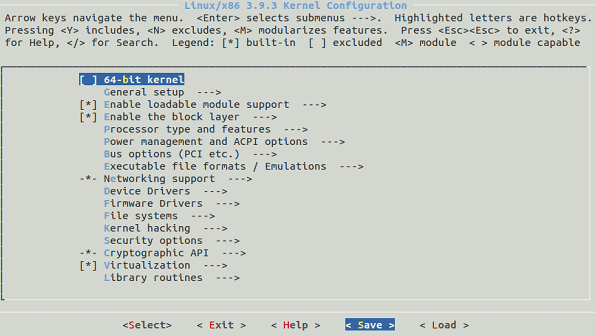
Logging is a must for today’s developers and why Retrace was designed with a built-in, centralized log management tool. Today we’ll unravel what Linux logs are and how you can view them. The system saves the configurations and exits the vi editor.In software, it’s essential to monitor logs of system activities. When this parameter is set to 1 for the root partition, this parameter for other partitions must start with 2 because the system checks the partitions in the ascending order of the values. If the mount point is the root partition ( /), this parameter must be set to 1.The sixth column indicates the fsck option, that is, whether to use fsck to check the attached disk during startup.Normally, dump backup is not used, and you can set this parameter to 0. The fifth column indicates the Linux dump backup option.

Normally, this parameter is set to defaults. The fourth column indicates the partition mount option.You can query the file system format using the df -TH command. The third column indicates the file system format of the partition.You can query the mount point using the df -TH command. The second column indicates the directory on which the partition is mounted.The first column indicates the partition UUID obtained in 1.Add the information that is used in the environment. The preceding content is used for reference only. In this example, run the following command to mount the new partition /dev/vda2 on /opt: Run the following command to mount the new partition:.In this example, run the following command to create the /opt mount point: Perform this step if you want to mount the partition on a new mount point. (Optional) Run the following command to create a mount point:.

Once done is displayed in the command output, the formatting is complete. The formatting takes a while, and you need to observe the system running status. Realtime =none extsz=4096 blocks=0, rtextents=0 Log =internal log bsize=4096 blocks=5120, version=2 Naming =version2 bsize=4096 ascii-ci=0 ftype=1 Information similar to the following is displayed: ~]# mkfs -t xfs /dev/vda2 Writing superblocks and filesystem accounting information: done To extend partitions and file systems on an ECSwhose kernel version is greater than 3.6.0, see Expanding Disk Partitions and File Systems (Linux). You can then detach and attach back the extended disk to the original ECS, and migrate data back to the system disk. In this case, the disk partition and file system can be extended without a reboot.

After you run reboot, the additional space is automatically added to the partition at the end of the system disk. If the OS kernel version is earlier than 3.6.0, the extension of an existing MBR partition and file system takes effect only after a system reboot, and services will be interrupted.For details about snapshots, see Creating a Snapshot (OBT). For details about backups, see Managing EVS Backups. So you are advised to back up the disk data using backups or snapshots before expansion. Incorrect operations may lead to data loss or exceptions. Exercise caution when expanding the disk capacity.
#Keyword file linux kernel how to


 0 kommentar(er)
0 kommentar(er)
